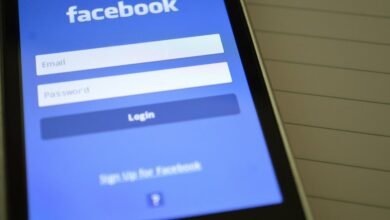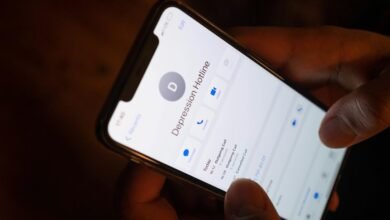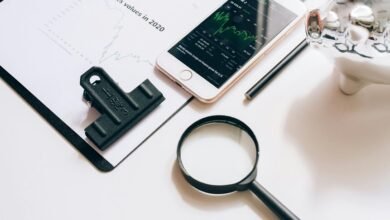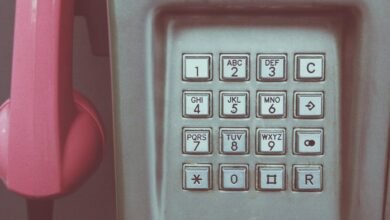Who Called You From 4144886634, 4144978083, 4145161209, 4145161210, 4152001748, and 4152526351? Find Out Everything About Any Phone Number
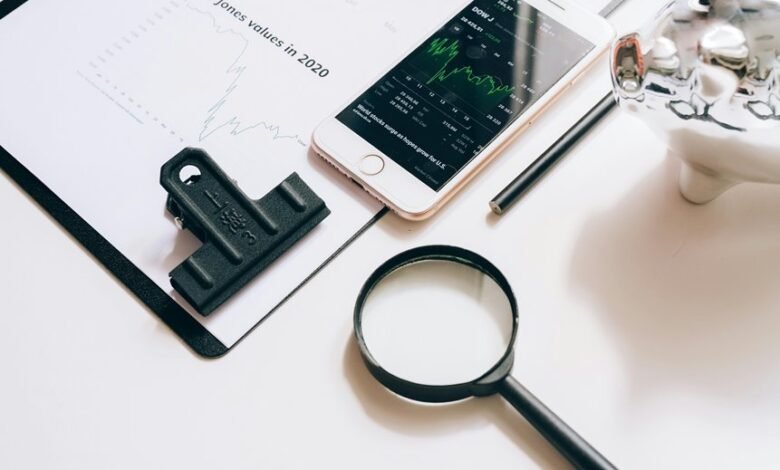
When individuals receive calls from numbers like 4144886634, 4144978083, and others, the uncertainty can be unsettling. These unknown callers may carry significant implications, ranging from legitimate inquiries to potential scams. Understanding the origins of these numbers is crucial for making informed decisions. The methods available for uncovering their identities can shed light on whether these calls are worth engaging with or if they should be ignored entirely. What secrets might these numbers hold?
Understanding the Caller ID and Its Importance
How does Caller ID transform the way individuals interact with incoming calls?
Caller ID features allow users to identify callers, fostering informed decision-making. This capability enhances autonomy in communication, yet it has limitations, such as the potential for spoofing and privacy concerns.
Ultimately, understanding these dynamics is essential for individuals seeking to navigate their interactions freely and responsibly in an increasingly connected world.
Tools for Identifying Unknown Numbers
A variety of tools are available for identifying unknown numbers, each offering unique features and levels of effectiveness.
Reverse lookup services can provide caller information by simply entering a phone number, while advanced number tracking applications allow users to monitor calls over time.
These tools empower individuals to reclaim their freedom from unsolicited calls, ensuring informed choices about whom to engage with.
Common Scams Associated With Unfamiliar Calls
Unfamiliar calls often raise red flags, particularly as various scams proliferate in today’s digital landscape.
Common scam tactics include voice phishing, where fraudsters impersonate legitimate entities to extract sensitive information. These tactics exploit trust and urgency, leading victims to divulge personal data unwittingly.
Awareness of such scams is essential for individuals seeking to maintain their autonomy and safeguard their information against malicious actors.
Conclusion
In the digital age, where shadows of uncertainty loom, deciphering the identities behind unfamiliar numbers is crucial for safeguarding oneself. Like a detective piecing together clues in an intricate mystery, utilizing reverse lookup services can illuminate the truth, revealing potential threats and genuine callers alike. As the veil of anonymity lifts, individuals can navigate the labyrinth of communication with confidence, ensuring they do not fall prey to the deceitful whispers that echo from the other end of the line.

